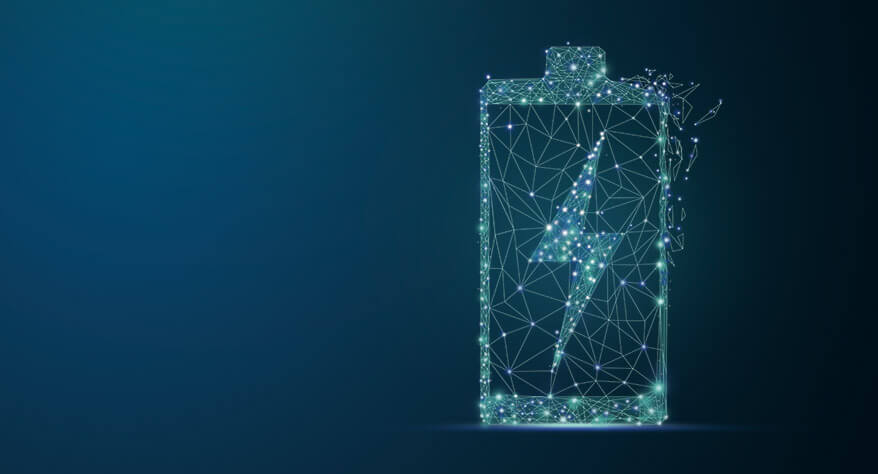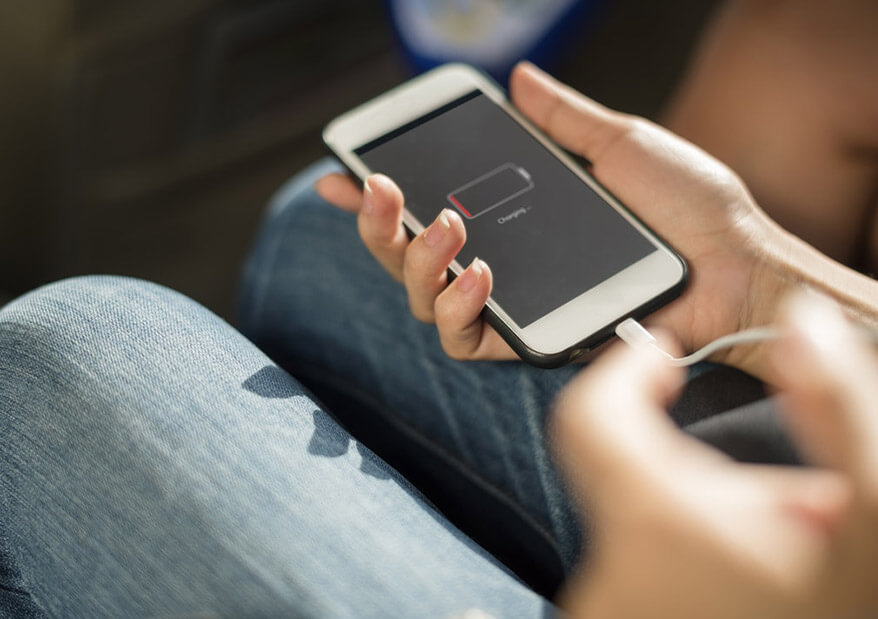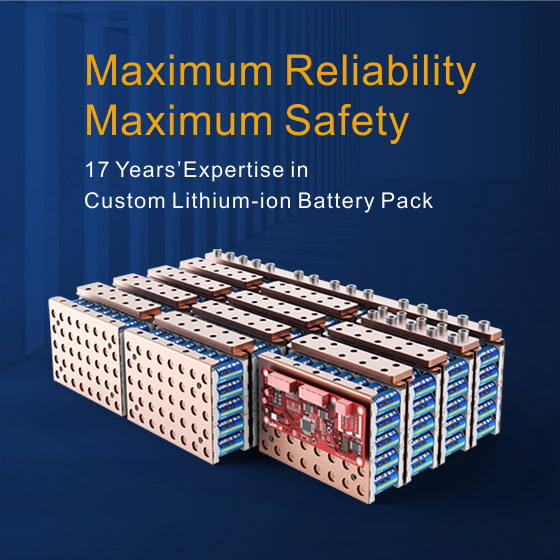What is a lithium-ion battery pack?
May 06, 2019 Pageview:786
Introduction
One of the greatest inventions of the 20th century is that of the lithium-ion battery. It has been of inestimable value in earth cause to search for a renewable source of energy, and reduce the consumption of fuel on a global scale.
Lithium-ion battery defined
The lithium ion Battery (Li-ion battery) is a form of rechargeable battery, in which electrical energy is generated from the chemical reactions taking place in its cell. In the cell, in the course of generating energy, there is the movement of ions from the negative electrodes to the positive side, however, when the battery is being charged, there is a movement of electrodes in the opposite direction. In this battery, there is the presence of intercalated lithium compound, used as one of the electrode materials. On the contrary, there is the presence of the non-rechargeable lithium battery that makes use of metallic lithium.
These batteries have been of extensive use in portable devices and electric cars, in recent years. As against its limited use in the 1970s, when it was first manufactured to completion ad proposed by Stanly Whittingham. These batteries have been adapted into mobile phones, used extensively by a company like Nokia. In recent times, it's used on a global scale is with the likes of Tesla, and some other companies trying to create products that run on renewable energy.
The Li-ion batteries have been able to achieve such large feats, owing to their high energy densities, no memory effects, a reduction in the self-discharge problems, as against other traditional batteries. However, these batteries can result in health hazards since the electrolyte contained in them are highly inflammable. When damaged or there is a misstep in the charging, it could result in explosions and fires.
Though there had been various failures in the early days, while trying to perfect the prototype of the Lithium-ion battery, the battery is here to stay and would play a bigger role in getting the earth to remain green.
Analysis of the lithium battery types
There are various types of lithium-ion batteries, and this is a resultant of the difference in the chemical composition of the Lithium compound in a specific battery. Various compounds of lithium results in the variety of batteries there are, and listed are;
• lithium cobalt oxide battery (LiCoO 2): The Li—cobalt is used extensively in the production of mobile phones, digital cameras, and laptops, as a result of its high specific energy. In the battery, the cobalt oxide is the cathode, while graphite carbon is the anode. The cathode has a characteristic layered structure. Whenever there is a discharge of energy, there is the movement of the lithium ions from the anode to the cathode. When the phone is being charged, there is a reversal of this movement. However, there is a con to the use of this battery, in that it has a short lifespan, has low thermal stability and very limited load capabilities.
In the use of the Li-ion battery, it is worthy of note that the battery should not be subjected to charge or discharge greater than its C-rating. When being forced to a charge or a load that is higher than 2400mA is applied unto it, it causes overheating and undue stress.
In recent time, the use of Li-cobalt batteries is waning and this is due to the presence of better alternative combinations that deliver more power and are more stable while ensuring a longer life span.
• Lithium magnesium oxide battery ( LiMn2O4 ): Materials about the production of this variety of the lithium battery was first published in 1983, however, it was commercialized in 1996. The Li-ion cell has lithium manganese oxide being the cathode material. In this battery, there is an improvement in the flow of ion on the electrode, which is a result of the three-dimensional spinel structure. This also results in a lower internal resistance, and an improvement in the handling of current. This battery architecture affords its high stability and improved safety, with the only downside being that the life cycle is limited.
When a battery is said to experience low internal cell resistance, this means that it is able to charge faster and discharge high current. When packed in a 18650 container, the Li-battery is able to discharge about 20 – 30 A of current, coupled with a minimalized heat build-up.
• Lithium Nickel Manganese cobalt oxide Battery (LiNiMnCoO2 or NMC): This battery is one of the most successful of the Li batteries, as the system have been designed to serve as energy cells or power cells. The main secret in the success of this battery is its combination of nickel and manganese. Nickel has a characteristic high specific energy, however, it has very low stability. While manganese is able to form a spinel structure that will result in low internal resistance, however, it has low energy. When these are combined, the weaknesses are annulled and the strengths are combines to result in a powerful battery.
• Lithium ion phosphate Battery (LiFePO4): The use of phosphate as a cathode material was discovered by the University of Texas. The performance by the Li-phosphate battery is remarkable, while it offers very low resistance. This is possible because of the nano-scale of its phosphate cathode material. The use of this battery offers great benefits, of which are; good thermal stability, enhanced safety and tolerance to abuse. If kept at high-voltage for a long time, this battery is well resistant to stress than other Li-ion systems.
• Lithium Nickel Cobalt Aluminum Oxide Battery (LiNiCoAlO2): This battery also offers high specific energy, and a reasonable amount of power, over a long span. The safety of its use and the cost are however not one of its very great strengths.
• lithium titanate battery (Li4Ti5O12): These batteries have been in use since the 1980s, and in this case, the anode is Li-titanate, replacing the graphite anode of other systems. It has a cycle count that is reasonable more extensive than normal Li-ion batteries. It is a safe battery for use as it has a very low discharge of heat.
Advantages and disadvantages of lithium-ion battery
The use of lithium-ion batteries can really save us a great deal, and aid the world in the consumption of fuel that depletes the ozone layer and results in global warming. With this form of renewable energy, there would be less pressure on earth and its components. Li-ion has the following pros and cons.
Pros
-They have a high energy density: Potential to afford higher capacities.
-They do not need to undergo much priming when new, all it requires is to be charged once, regularly.
-They have a relatively low self-discharge, as its self-discharge is less than half of the nickel-based batteries.
-It requires low maintenance, as there is no need for it to be charged periodically.
-The specialized cells can provide very high currents when needed.
Cons
-The Li-ion batteries require a protection circuit to maintain the voltage and the current so that it wouldn't pass safe limits.
-They are subject to aging, and even when not in use. However, the storage of the battery in a cool place at 40% charge tend to cause a reduction in the aging effect
-There are various restrictions in its transport, as the shipping of very large portions of it would require regulatory standard and quality control.
-They are very expensive to manufacture
-They are yet to reach the final stage of development.
In the world where we crave for more electric cars, planes and that other fuel-consuming machines to be turned to electric, the need for Li-ion battery is on the rise. With development and innovation, the future is just as bright for the use of Lithium-ion batteries.
Applications of lithium ion batteries.
Ever since they have been manufactured, the use of lithium ion batteries in various appliances is on a widespread. They have a long list of real life applications, which goes beyond just using them in phones, electric vehicles and other portable electronics. They are used in various medical appliances, as well as on yachts. With the use of lithium-ion batteries, it is possible to enjoy the comfort of using a modern battery as well as its reliability.
There are various devices that make use of the lithium-ion battery in its powering, and they include;
• Uninterruptible power supply (UPS): With a Li-ion battery being used in the UPS, one can be sure of protection from traditional power loss or instability. This battery is a bit different from having a standby generator or backup. This is because, it is able to provide instant power to run the equipment that is connected to it. This UPS can be used for various devices, which includes; computers, communication technology, and medical technology.
• Electric cars: There is no need to be worried about having a Li-ion battery fitted in the car. This battery is reliable, stable and it can last long in the production of power. In the case of a user exploring remote locations, this is the best shot at staying safe and comfortable. These batteries have a life span of over ten years, and when traveling, it goes on perfectly for long hours of use. They also optimized to lose just little power between uses. The lightweight lithium batteries provide power to the electric vehicle, with increased efficiency, which is achieved by a reduction in weight and size, unlike the lead-acid batteries.
• Great marine performance: The lithium-ion batteries are great for any type of sea motor, irrespective of the size, once it uses a battery. When a boat is being upgraded to make use of lithium-ion battery, the user is set enjoy years of reliable motors. Whatever water motor being powered, this battery is ready to serve for long. They are simply capable and dependable.
• Mobile phones: In powering cell phones, lithium-ion batteries have proven to be just sufficient. They are rechargeable as a result of the processes going on in the batteries. Just like any other battery, the Li-ion battery consists of three parts, which includes the anode, cathode and electrolyte. When making the phone batteries, electrodes that are made of intercalated lithium compound are preferred to metallic lithium electrodes. They are then placed in an air-tight container which prevents water from the battery. These batteries have a very high density.
• Solar power storage: The use of solar power in the world is on a rise, with many companies making use of it. countries are investing heavily in the sustainable energy provided by solar power. However, there are some times in which the solar power might be down, the lithium-ion batteries come in really handy. These batteries are the best replacements for solar panels, and this based on the method of charging, as well as the speed. This batteries charge quickly so that they can be maximized.
Best methods to charge and discharge lithium-ion batteries
You should note that Lithium-ion batteries are not really cool with being in an extreme condition. This is the basis of all precautionary measure there is to take about using a lithium-ion battery. All lithium-ion batteries are charged with the aid of a charger, and the differences in the functionality of this chargers are the premise on which the various charging methods are based. These are the basis of its charging and discharging.
• Constant voltage: This is the charging method in which a constant DC voltage charger is used. It is a basic DC power supply which consists of a transformer in its simplest form from the mains as well as a rectifier, which brings about the DC voltage that supplies power to the battery. This design of charging is found in cheap car battery chargers. This charging method is similar to the one used for lead-acid batteries.
• Constant current: In a bid to maintain a steady flow of current, there is the variation of the voltage being applied to the battery. This turns off when the battery is full charged.
• Taper current: This is the process of charging the battery from a basic unregulated source of voltage. This form of charging is not controlled, which could lead to damage of the cells through overheating.
• Pulsed charge: This is the situation in which the battery is being subjected to pulses of charge currents. The rate at which this charging is made can however be controlled by the variation of the pulse widths
• Burp charging: This method is used alongside pulse charging, and it also referred to as Negative pulse charging. This form of charging has not reached a final tested and trusted stage in its production, but it is certain that it does not spoil the battery.
• IUI charging: This is a new method of charging, and it was designed for fast charging standard flooded lead acid batteries from a particular manufacturer. This form of charging should not be used for lead acid batteries.
• Trickle charge: This form of charging is designed specifically for the aim of compensating for self-discharge of the battery. It provides continuous charge which can afford the battery a long term constant current charging for standby use. This is would suffice and prevent the complete discharging of the battery when not in use.
• Float charger: This is a form of charging in which the battery and the load are connected in parallel across the DC charging source, and maintained at a constant voltage below the battery’s upper voltage limit. This form of charging is mainly used for emergency backup systems.
• Random charging: The above charging techniques are such that the battery would maintain a controlled process till it is fully charged. However, this charging process involves automotive applications where the energy is dependent on the speed of the engine, which is constantly varying.
During discharge, just as expected, the voltage of the battery is gradually reduced. The discharge voltage profile vs time depends on a number of items including the discharge current, temperature of the battery, age of the battery and the type of material that was used in the production of the anode.
- Prev Article: Li ion battery charging circuit
- Next Article: Disposal of lithium batteries effectively
Leave Message
Hottest Categories
-
Hottest Industry News
-
Latest Industry News












